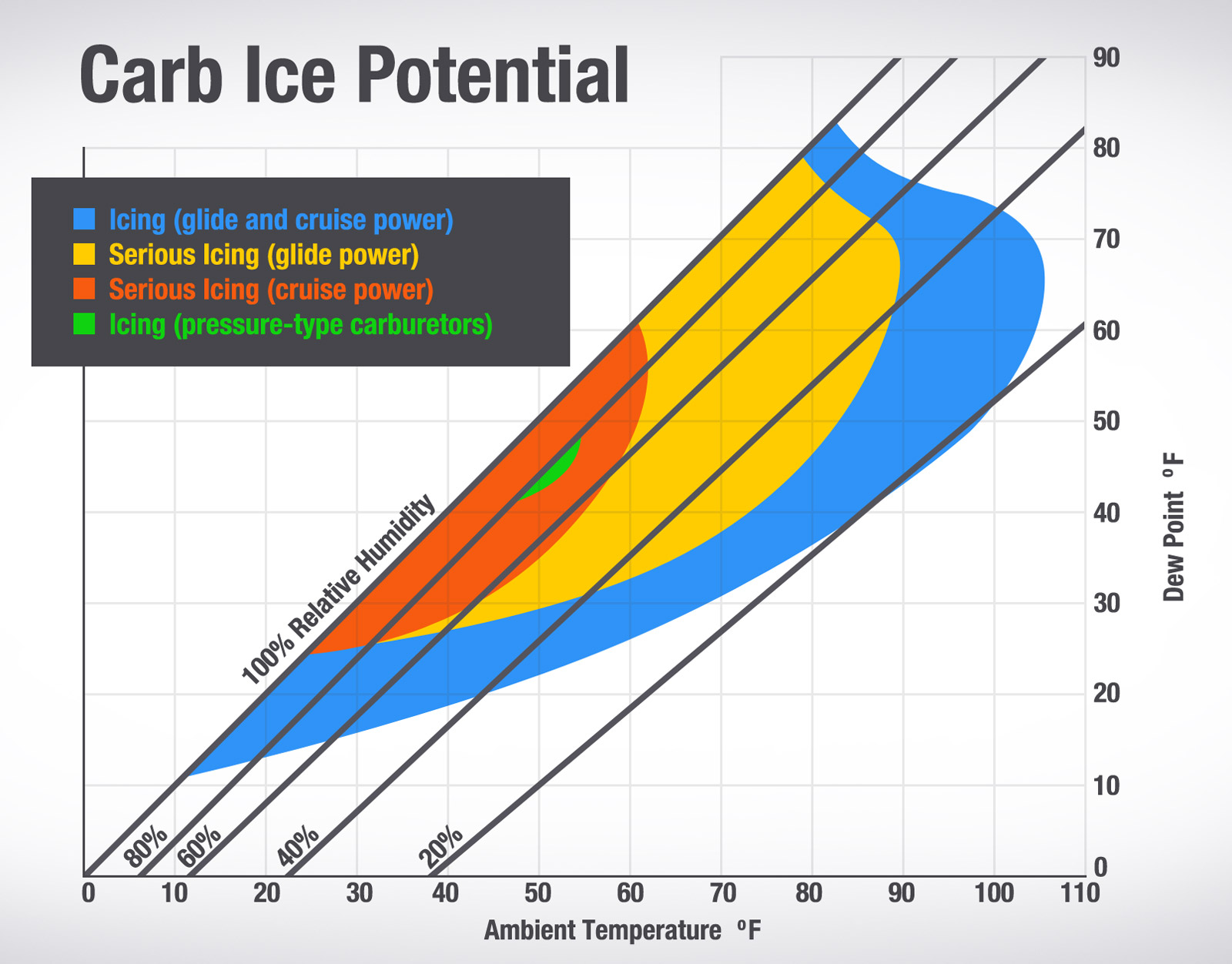korben88
Line Up and Wait
C172, prelanding checklist calls for carb heat on, and my instructor said to pull it on and check for ice then turn it off.
I've been watching touch and go landing videos and they often times say flaps up - carb heat off.
Are they landing with carb heat on and turning it off, or just verifying that it is off as part of the takeoff checklist?
I've been watching touch and go landing videos and they often times say flaps up - carb heat off.
Are they landing with carb heat on and turning it off, or just verifying that it is off as part of the takeoff checklist?

